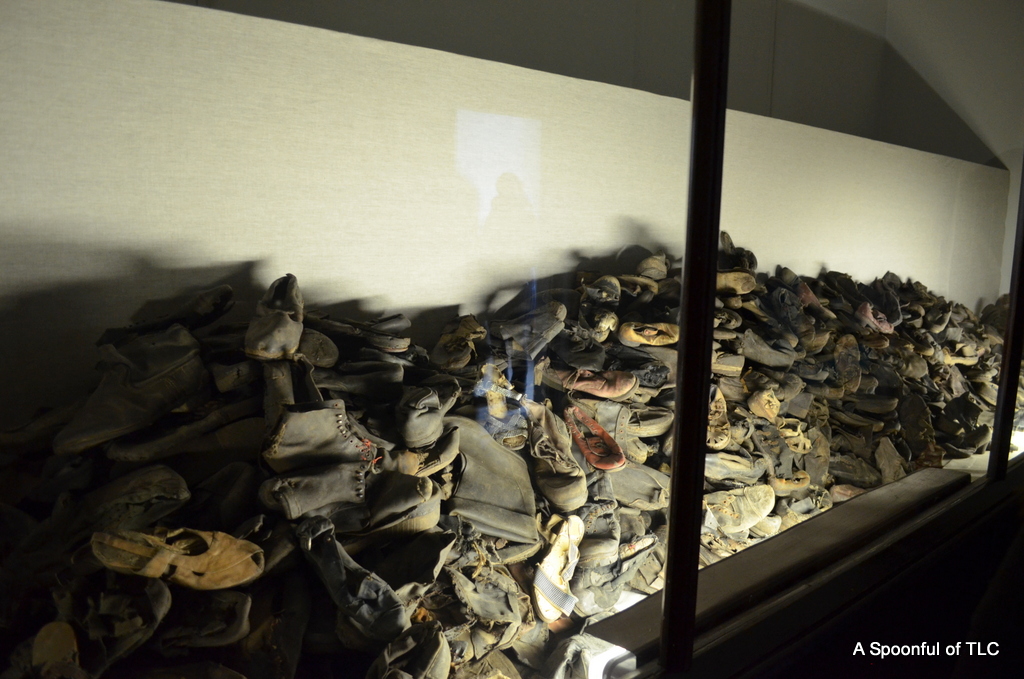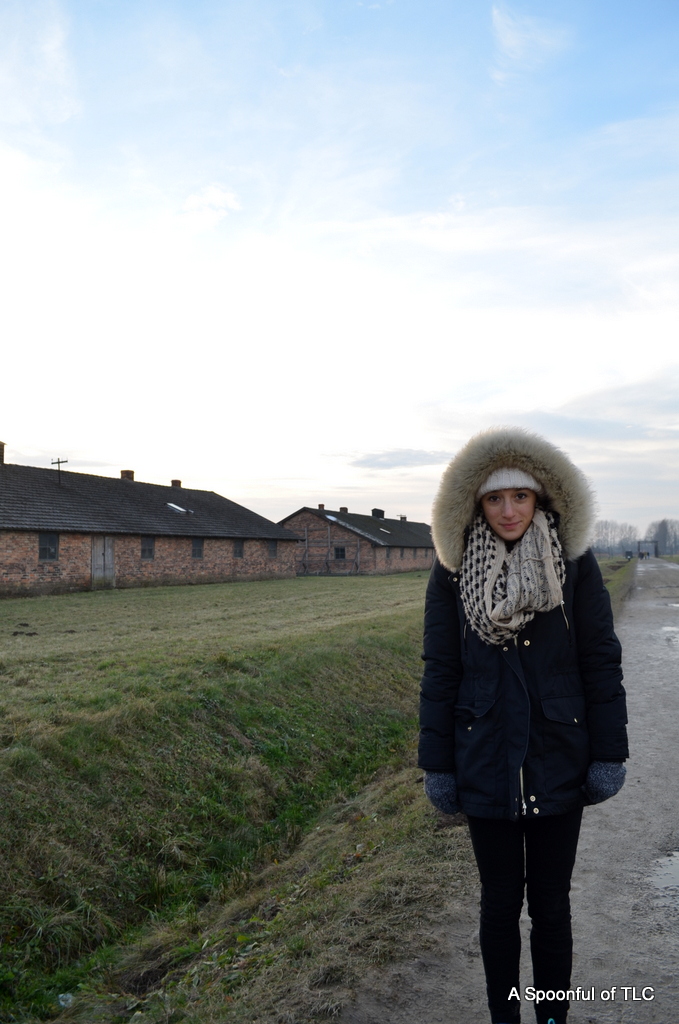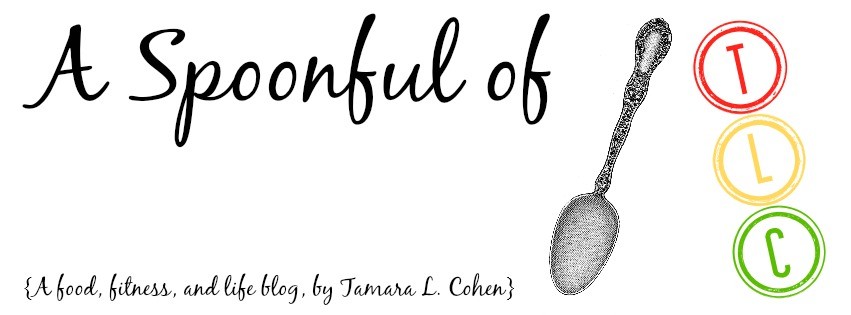After spending two days in Krakow, we spent the third day visiting Auschwitz. I can’t comprehend the idea of going to Poland without taking a day trip to visit Auschwitz, one of the largest (if not the largest) Nazi concentration and death camp during WWII. Auschwitz was the site of 1.1 million deaths, and the site of death for 1 of 6 Jews during the Holocaust.
When we started planning our trip, we built a day for Auschwtiz into our schedule to be sure that we had time to get there and dedicate the time it deserves, not only to see it, but to do the tour and have time to reflect. For weeks, I had been planning and preparing for an emotionally heavy day. While I have learned about the Holocaust and Auschwitz for many years in history classes, I knew it would be a whole different story to be there in person. To walk the roads that the prisoners walked. To walk through the barracks that they suffered in. To walk through the chambers where they were so cruelly told, ‘it’s just a shower. Take your soap and towel.”. It makes, not only my heart, but my stomach hurt to hear and see the things that we saw. Seeing and hearing different things at Auschwtiz quite literally took the air out of my lungs and made me feel so, so deeply for the innocent lives that perished there.
I kept thinking, while I was there, about my great-grandmother. While I do not know her, I tried to connect with her. I was standing there. looking at the frozen ground and bare buildings that are left, and standing there, listening to our guide explain the horrors of what took place there. But- I stood there as a free person- someone that was able to walk out and leave and eat and go to the bathroom whenever I wanted. I kept thinking, “they may have ended her life, but they didn’t win. Because I am here, and my brother was here, and all of these other Jewish people that are here are walking here freely for all of those people that couldn’t”. It isn’t much, and it won’t change the history, but going back to Auschwitz is important. To see. To understand. To experience. And to make sure it never, ever happens again.
Some people say it’s not completely necessary to book a tour for Auschwitz, since it is now a museum and has signs and information to guide your way, but I’m going to go ahead and say that you will get so much more out of the day if you book a tour. They’re inexpensive (about 8 Euros per person for 3 hours and two camps), and informative. They give you an ear-piece to wear so that you can always hear your guide and the exhibitions stay quite quiet.
There is an option to do a 3-hour tour, which takes you through Auschwitz I and II (Birkenau), with information along the way. There is also an option to do a 6-hour “study” tour, which apparently is much of the same information (plus extra), doesn’t rush you through quite as quickly, and provides more time for reflection.
We opted for the 3-hour tour figuring that 3-hours would allow us to learn from the guide, but also give us time to walk around on our own. I was also worried about the extreme cold, but the tour moves fairly quickly and you don’t do much “standing around”. It was actually warmer than any walking tour we did on our trip, since the guide kept us moving.
So, the day started with breakfast. (I feel really strange putting this picture in this post, but it was part of the day…)
Then we made our way to the train station.
There are two ways to get to Auschwitz from Krakow- by bus or by train. We had planned to take the train, but when we arrived at the station, the women told us the next train was in 45 minutes and that would have had us arrive 20 minutes after the start of our tour. Instead, we were able to catch a bus (it’s actually a van) and were grateful that it worked out. The ride is a little under an hour and takes you through the suburbs and rural areas of Poland. I guess I was expecting Auschwitz to be in the middle of nowhere, with nary a human in site, because how could such atrocities take place so close to other people? Well, it wasn’t in the middle of nowhere. It was actually right next to a small town. Our van dropped us off and we made our way into the museum to go to the bathroom and get through security.
I’m not sure what I was expecting, but I was certainly surprised. The “museum” of Auschwitz is actually Auschwitz itself, with information, photos, and texts sprinkled throughout the camp and in the barracks. Our tour started at the main gate, the gate that you’ve seen in photos. The gate that gives me chills because it reads, “Work Will Set You Free”. 
As you can see, there were a lot of people. Our group was about 15 people, but there were lots of other groups in other languages. My only complaint for the “museum” part of Auschwitz is that it’s nearly impossible to distinguish your guide from the rest of the people. Everyone is just bundled up and if you don’t know what the guide looks like and you get lost in the crows, you’ll never see them again. [end rant]
Again, I don’t know exactly what I was expecting, but Auschwitz I was so much more… manicured… than anything I had expected. It looked clean and well-kept and organized. How did such horrible crimes happen here?
Every part of Auschwitz was heart-breaking and shocking, but the most shocking were the parts that proved that so many people once lived and breathed there. You might be thinking, “of course there were people!”, but when you learn about the Holocaust, it is very abstract. These people… Long time ago… Wasn´t you … …. It all seems so far away. Yes they´re people, but they´re people like the cave men were people or the mummies were people or soldiers are people. They´re all people, but they´re so far away and so removed from your own life that it´hard to comprehend on any level other than the knowledge level. But then you go to Auschwitz and it all becomes real and they become people- real, living, breathing, loving, hurting people.
There were rooms full of personal belongings- combs, brushes, pots and pans, clothing, dolls, suitcases.



All of these things that make you realize that these people believed they had a future- a life- to be lived. It so deeply saddens me to think about packed trains of people, crammed with all of their belongings, not realizing that they wouldn´t need all of those things. None of it would matter, but I hope that taking those parts of “home” brought comfort in what was sure to be the most grueling days of their lives. 
The one thing we saw in Auschwitz I that froze me in my tracks was a huge display of real, human hair, that was shaved from the victims. Hair is different from clothes and dolls. Hair contains DNA and is real proof of life. The hair is grey now, from time, but out of all of the things that were preserved from the Holocaust, the hair is the real proof that humans- PEOPLE- living, breathing PEOPLE, were murdered. Pots and dolls and combs can be manufactured, but hair cannot.
We saw the empty cans of Zyklon B gas that was used to murder the prisoners.
We saw the torture chambers and the “death wall” where people were ordered to line-up, two at a time, before being shot. We saw the contraptions that were used to hang people until they suffocated to death. 
Just writing this has my hands sweating and my heart beating faster. None of it is easy to see- quite the opposite- it is painful. But it´s important. After about 1.5 hours in Auschwitz I, our guide gave us 15 minutes to go to the bathroom and return our headsets, and then we took the bus to Auschwitz II (Birkenau). 
If I thought Auschwitz I was “manicured”, it´s because it was manicured compared to Birkenau.
Birkenau scared me…it´s vastness, it´s emptiness. It is HUGE- 350 acres, to be exact, with enough space for over 100,000 people. It had multiple gas chambers, the largest of which could hold 2,000 people at one time. The amount of life- and then death- that existed is nearly impossible to comprehend. It´s huge, but I say it´s empty because of the destruction and hiding of evidence that took place at the end of the war. What was once 350 acres of wooden barracks and other buildings is now 350 acres of free-standing brick chimneys, since they didn´t burn down. Those barracks held up to 500 people at a time, with just 36 wooden beds in each. Imagine that.
You can sort of see the chimneys in the above photo, but not well. Imagine a field that goes for as far as you can see, filled with so many brick chimneys scattered throughout. The train tracks that brought thousands of people to the end of their lives- those are still there. 
The paths that so many people walked- for the last time- as they headed to the “showers”- those are still there. Destroyed gas chambers, where people took their last breaths- those are still there (as piles of bricks).
Thin, wooden barracks, with triple layer wooden bunks where people huddled together for warmth and tried not to freeze to death- those are still there.


 We saw it all.
We saw it all.
It was cold. Like…frozen fingers- and toes-cold. And it wasn´t even that cold. Hovering right around 30* F, bundled in hats and gloves, multiple layers and thick coats. I even had toe warmers. But the ground was frozen and there was ice on the ground and we were cold. 
I cannot fathom the pain and suffering of the people that experienced that brutal winter in just one layer- if it can even be called a layer. The people that were “exempt” from automatic death sentences- the ones that were chosen to work- I used to think they were the lucky ones, but standing there, with the wind whipping and my fingers throbbing, I really wasn´t so sure. The nazis used work as a means yo murder¡ they called it “extermination through work”.
Our guide walked us through Birkenau, explaining various parts, pointing out different important things that once stood there. Today, there are houses just on the other side of the border of the camp. I found it odd, so I asked the guide about them. She explained that they were built after the end of the war, probably a little too close for comfort, but people thought that the camp would be closed and destroyed, and people would get on with their lives. No one thought it would be a museum. She also told us that while Auschwitz is considered a museum, and you can go visit to see a place frozen in time, what you are really visiting is a cemetary. You are visiting fields full of human ashes, as the Nazis eventually started burning people in the open fields. Those ashes don´t decompose so quickly, and just a mere 70 some years later, they are surely still there, scattered about in the open fields.
By the end of our tour, the sun was setting (even though it was still early- only 3:30 pm) and the sun rays were streaking the sky beautiful shades of blue and white and orange and creating a beautiful silhouette of the barren trees.
I kept looking at the trees and the sky in the distance and thought, “despite all of this horror down here, I wonder if those people looked at the sky and noticed it´s beauty?” When I imagine the Holocaust, my thoughts are always in black and white. It´s so hard to imagine that there was anything colorful during that time, in that place.
I guess what I´m saying is, even if they had no other beauty to hold onto, I hope they had that sky and the setting sun in the distance.
At the end of the tour, we walked ourselves out of there and caught the bus back to Auschwitz I and then took a city bus back to Krakow. It was warm and spacious and so easy, and it seems so unfair that we were able to do that, and so many people were not. “FOR EVER LET THIS PLACE BE A CRY OF DESPAIR AND A WARNING TO HUMANITY, WHERE THE NAZIS MURDERED ABOUT ONE AND A HALF MILLION MEN, WOMEN, AND CHILDREN, MAINLY JEWS, FROM VARIOUS COUNTRIES OF EUROPE.
“FOR EVER LET THIS PLACE BE A CRY OF DESPAIR AND A WARNING TO HUMANITY, WHERE THE NAZIS MURDERED ABOUT ONE AND A HALF MILLION MEN, WOMEN, AND CHILDREN, MAINLY JEWS, FROM VARIOUS COUNTRIES OF EUROPE.
AUSCHWITZ-NIRKENAU 1940-1945″
This plaque was written in every language that the Nazis effected, but our guide noted that this English plaque was to accomodate English-speaking tourists, as there were no English people murdered.
